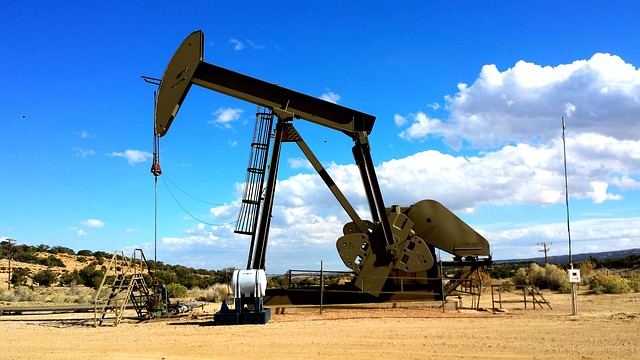Oil prices firmed on Wednesday on signs of improving demand and a drawdown in U.S. crude inventories, but worries over the economic fallout from the coronavirus pandemic and weak refining margins capped gains.
Brent crude futures were up 51 cents, or 1.47 percent, at $35.16 per barrel at 0928 GMT. U.S. West Texas Intermediate (WTI) July crude futures were up 22 cents, or 0.69 percent, at $32.18 a barrel. The WTI June contract expired on Tuesday at $32.50 a barrel, up 2.1 percent, avoiding the chaos of last month's May expiry, when prices sank well below zero.
US Crude Inventories Fall

U.S. crude inventories fell by 4.8 million barrels to 521.3 million barrels in the week to May 15, data from the American Petroleum Institute (API) showed on Tuesday. Refinery runs rose by 229,000 barrels per day, the API said, indicating plants are trying to produce more fuel as the United States eases its lockdowns. Official data from the Energy Information Administration (EIA) is due later on Wednesday.
"Fundamentals in the market are improving, thanks to supply cuts and recovering demand," ING said in a note. Easing of lockdown restrictions worldwide are boosting demand for fuels, while initial shipping data shows that compliance with oil production cuts from the Organization of the Petroleum Exporting Countries and its allies has been strong so far.
But weak crude refining profits persist, which could delay a recovery in oil demand. "We would need to see strength in refinery margins in order to persuade refiners to increase utilisation rates, but at current levels there seems little incentive for them to do so, with many regions still seeing negative margins," the bank added.
Refiners are pinning hope on easing of lockdowns boosting gasoline demand. Lingering concerns about the economic fallout from the coronavirus pandemic, especially in the United States which is the world's biggest oil consumer, kept a lid on further gains. U.S. Federal Reserve Chair Jerome Powell said on Tuesday layoffs by state and local governments will slow the U.S. economic recovery.








